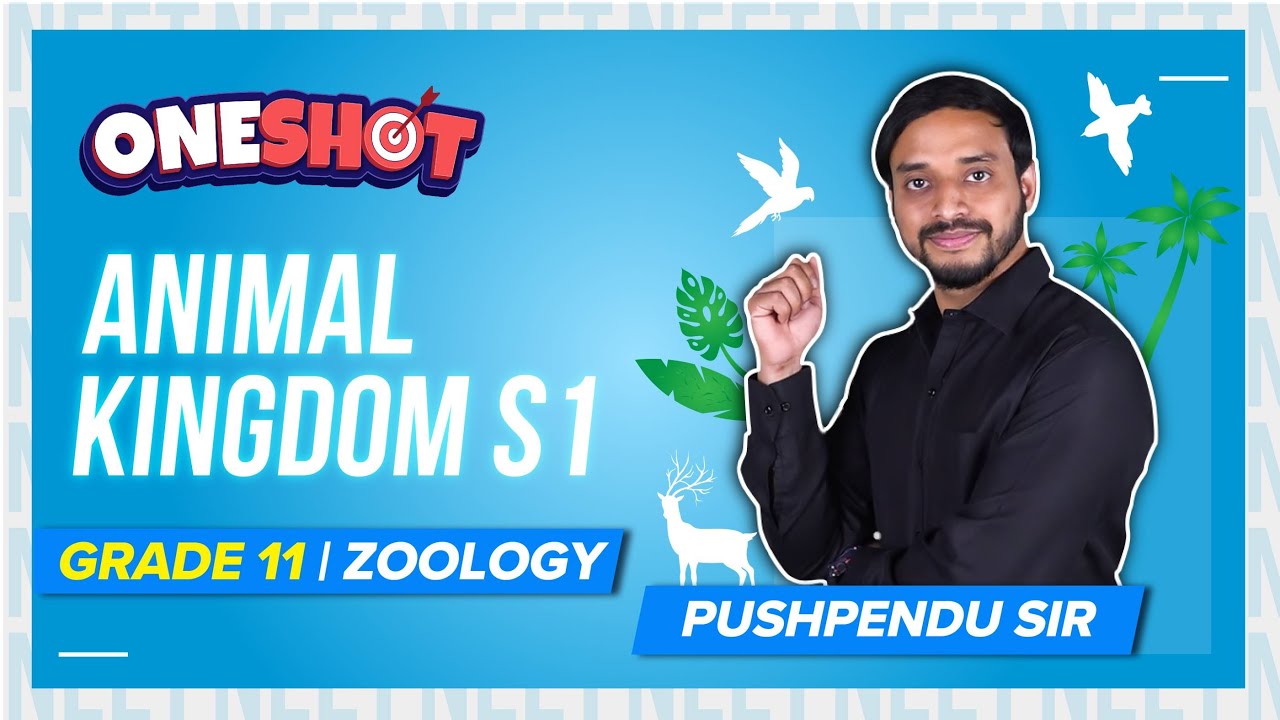Fertilization is the phenomenon, part of the life process – reproduction where male and female gametes unite, forming a structure known as a zygote which eventually develops into the foetus. The animal kingdom has species undergoing the process of fertilization in two ways – one where fertilization takes place externally, where the sperm-egg fusion occurs outside the female body known as external fertilization, and the other is where the sperm-egg fusion occurs inside the female body, this is known as internal fertilization. On this basis, animals are categorised into oviparous and viviparous animals.
Download Complete Chapter Notes of Animal Kingdom
Download Now
Top Differences in NEET Biology:
- Inhalation vs Exhalation
- Difference Between C3, C4 and CAM pathway
- Chlorophyll vs Chloroplast
- Tap Root vs Fibrous Root
- Communicable vs Non-communicable diseases
Oviparous animals
- These animals are egg-laying creatures.
- Internal fertilization is observed, but the development of the embryo is through external means.
- Hard shells of eggs render protection; once the foetus matures, the egg hatches.
- This feature of egg-laying animals is referred to as oviparity.
- Example – Birds, frogs, all fishes. Except for some snake species, all other reptiles are oviparous; platypus and echidna are egg-laying mammals.
Viviparous animals
- Animals giving birth to offspring are known as viviparous animals.
- Development of the embryo and fertilization both occur inside the female body.
- Matrotrophy is observed.
- Example – Dogs, cat, humans etc.
Difference between Oviparous and Viviparous Animals
The table below depicts a few notable differences between oviparous and viviparous animals.
| Oviparous Animals | Viviparous Animals |
| What it means | |
| Lay unfertilized or fertilized eggs. | Give birth to young ones while their development takes place within the body of the female counterpart. |
| Fertilization-type | |
| It can either be external or internal. | Internal |
| Zygote development | |
| Embryo development occurs outside the body. | Embryo development occurs inside the body. |
| Supply of nutrients to the embryo that is developing | |
| Embryo obtains nutrients from egg yolk. | Embryo obtains nutrients from the mother. |
| Chances of survival | |
| The chances of survival are less. This is because egg-laying occurs in an external environment. | The chances of survival are high as nourishment and care is provided inside the womb of the mother. |
| Some examples | |
| Fishes, amphibians, insects, birds, reptiles, etc. | Humans, dogs, elephants, cats, etc. |
Categorisation of species helps in understanding and learning features of entities belonging to that class on the whole. This way, many deductions are carried out. Apart from these animals, there are animals referred to as ovoviviparous animals who produce eggs which develop inside the body of the mother.
Don’t miss:
- How to Score 340 in NEET Biology
- NEET Biology Syllabus
- NEET Biology Important Topics
- NEET Biology MCQs
Recommended Video:
Animal Kingdom Class 11 Biology One Shot Chapter 4 (L-1) | NEET 2022 Zoology Preparation

Comments